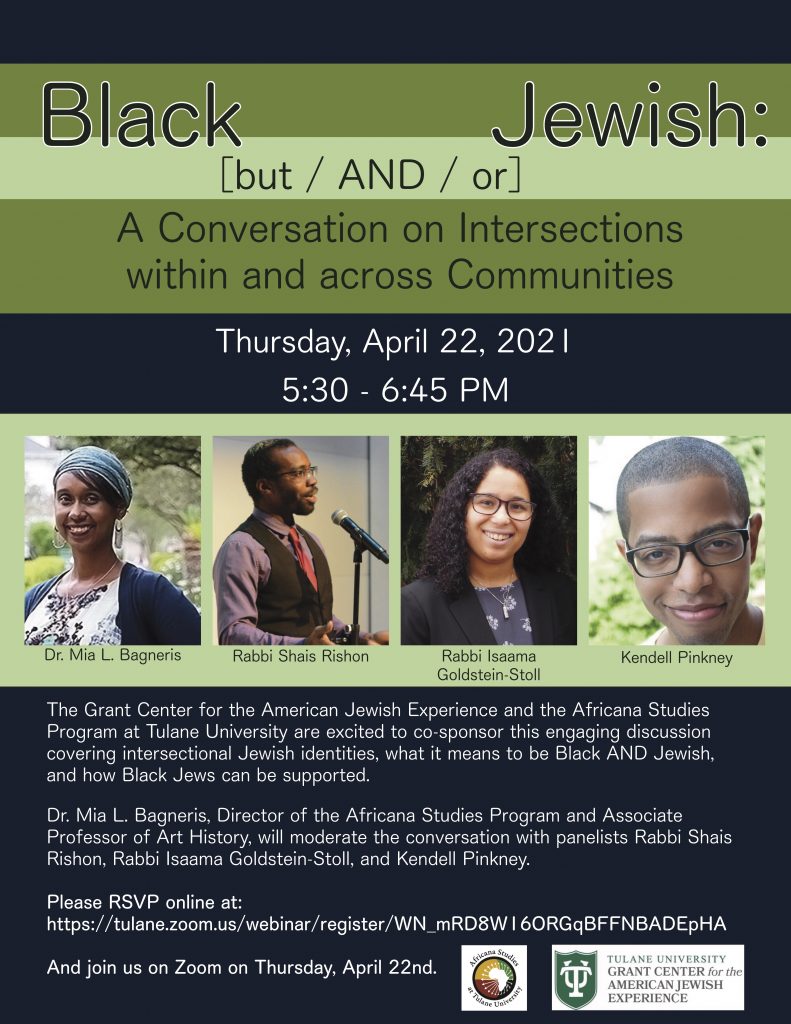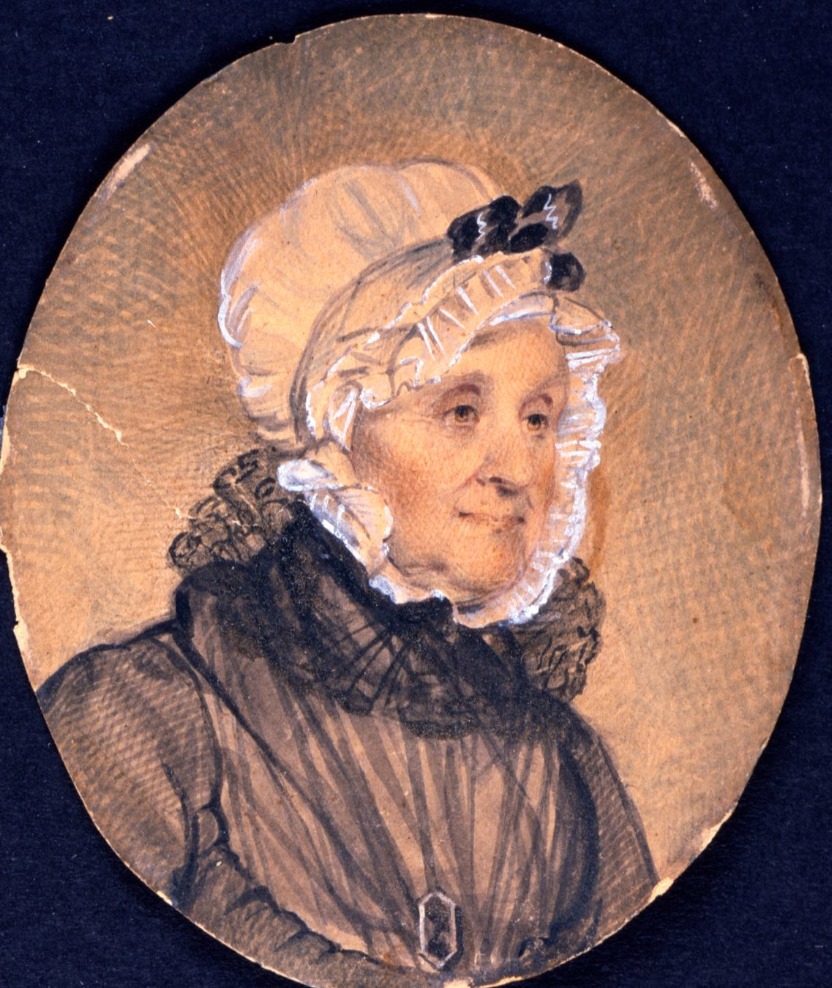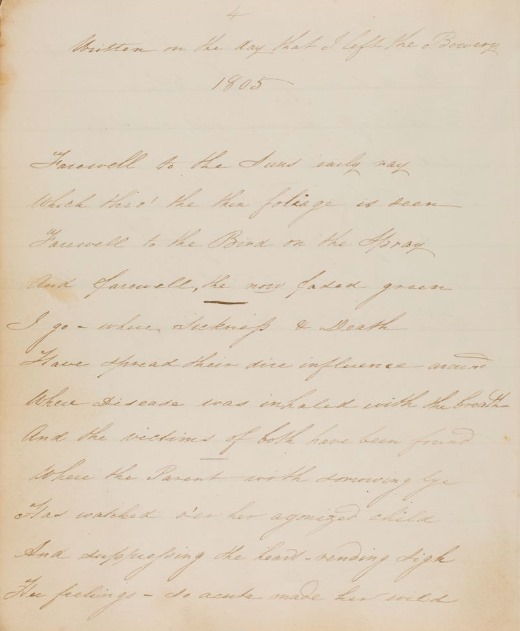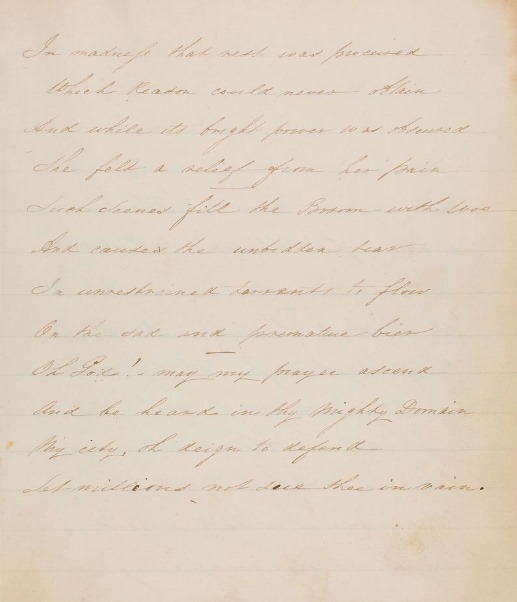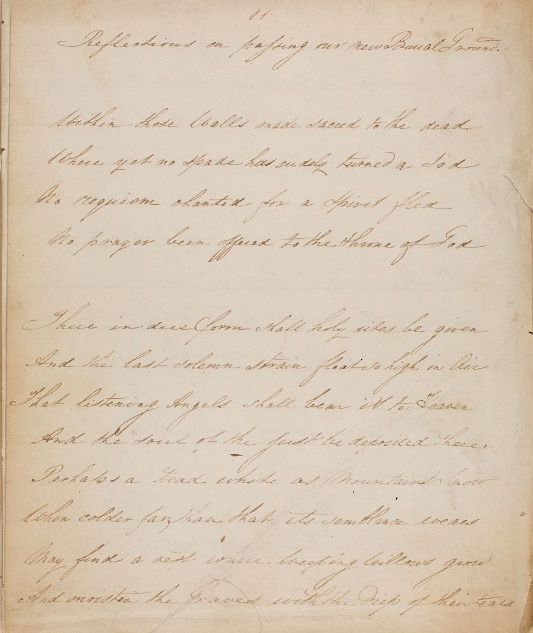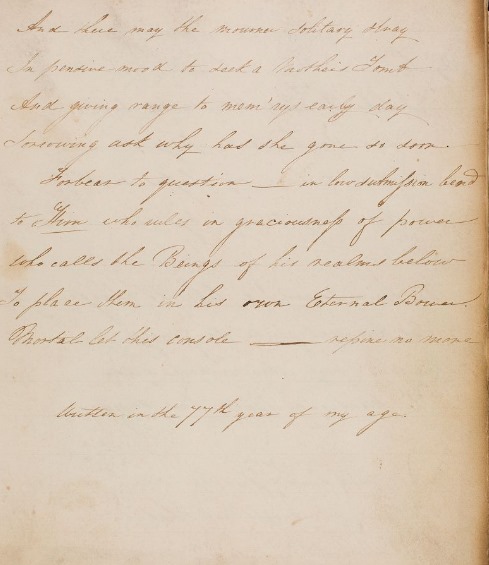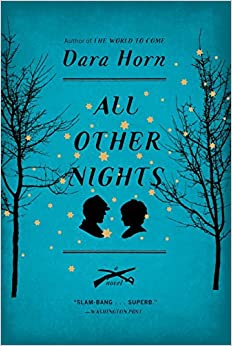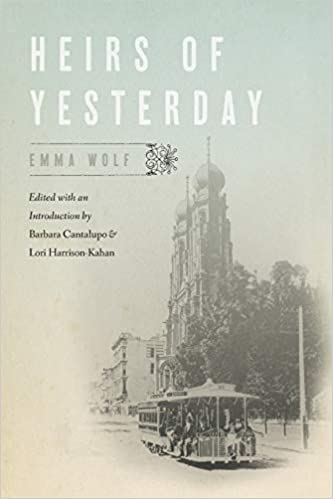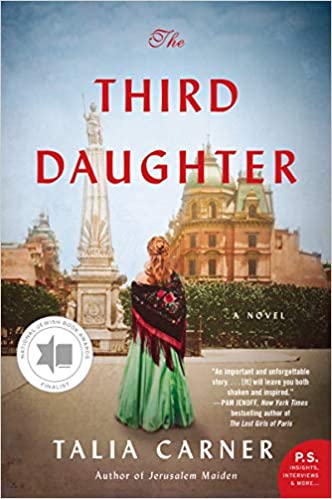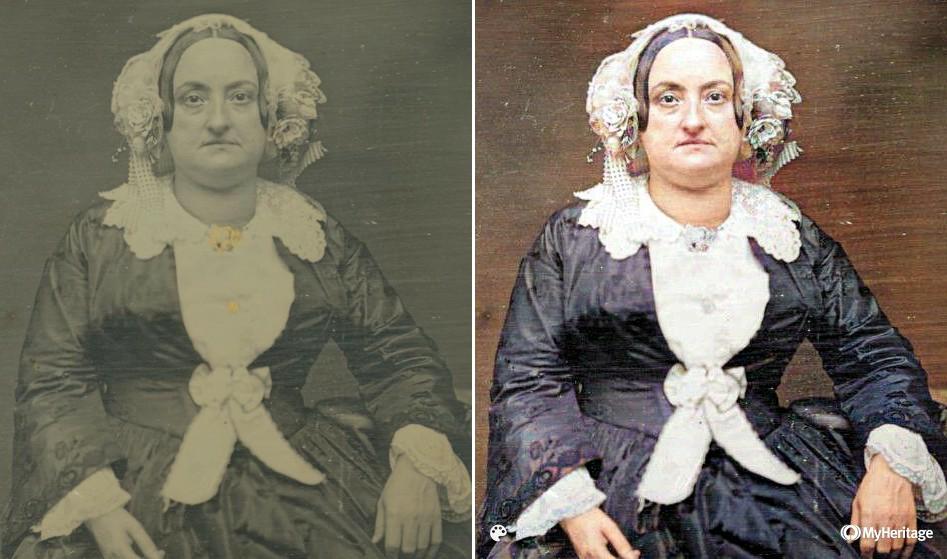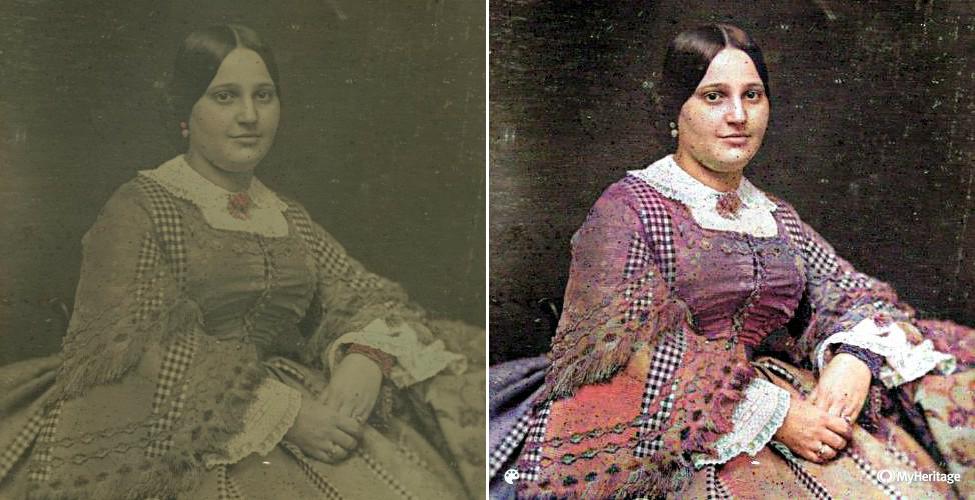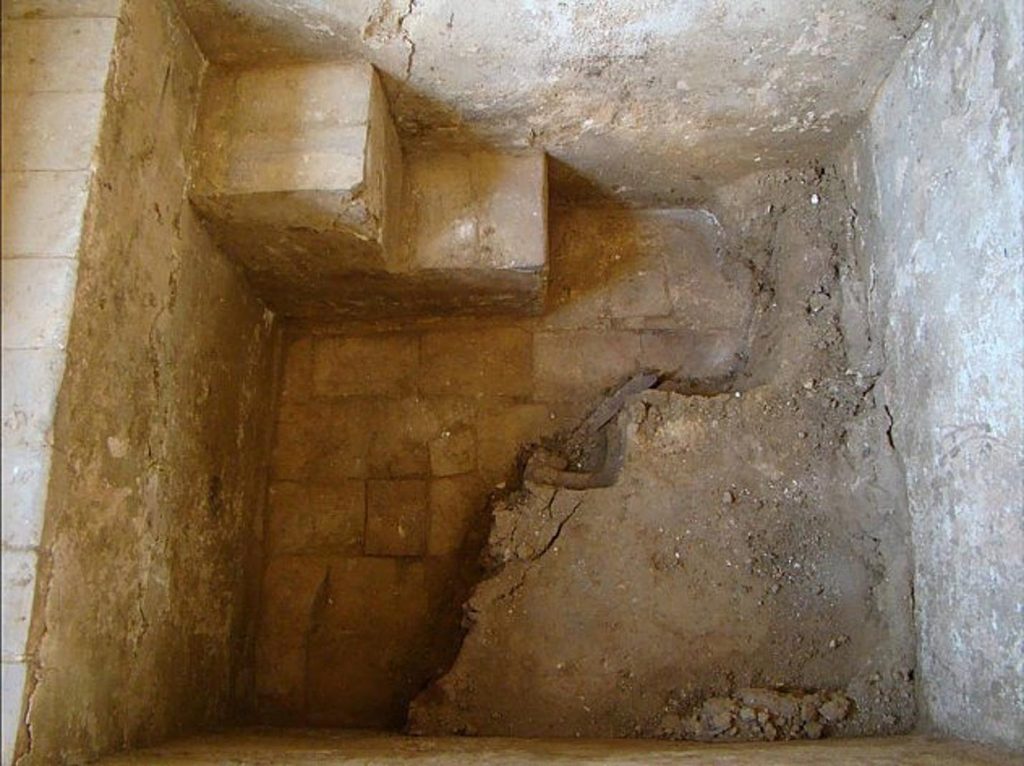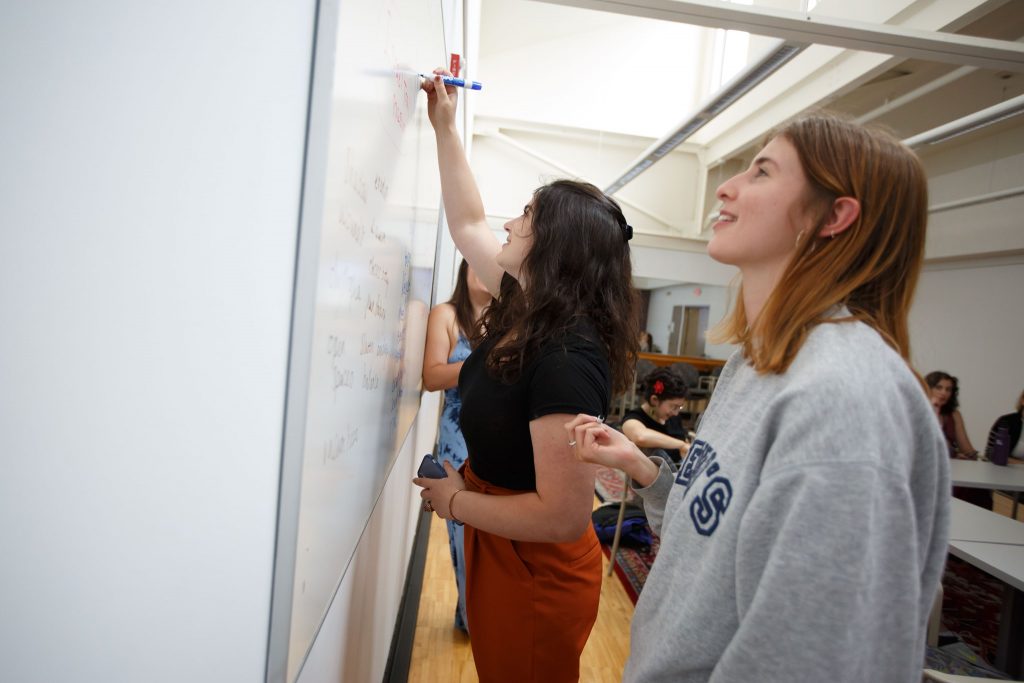Hi all,
don’t forget to check out the information on the final project including the checklist! Reprinted below for your convenience:
Your final project is to create an exhibit on Jewish literature from and life in your city using Artsteps. You may use items you analyzed in your shorter assignments and that are on the syllabus, but you aren’t limited to these. Your exhibit should contain at least the following items related to Jewish life:
- 2 works of Jewish literature from any era from your city
- 2 portraits of Jews from your city any era (miniatures, paintings, silhouettes, daguerreotypes, photographs)
- 3 Jewish objects from your city (gravestone, food, music, newspaper, ritual bath, judaica, house, marriage contract, etc.). One object must be a synagogue.
- 1 map of your city with at least 5 Jewish sites indicated on it
- 1 event that changed Jewish life in your city
- Your exhibit should covers at least 3 historical eras of the five discussed in this class
- Three themes that you think are important for understanding Jewish life and literature in your city.
- One connection or comparison to Jewish life/literature in a different city in your region.
- One connection or comparison to Jewish life/literature in a city outside of your region (but is on the class list).
Here are some online collections that you may find useful as you select items for your exhibit and your city directory:
- Jewish Atlantic World Database
- Jews Across the Americas Archive
- AJHS Archive
- Portraits: Loeb Portrait Database
- Arnold and Deanne Kaplan Collection of Early American Judaica, U Penn
- U Washington Archive (also Sephadic Studies Digital Projects)
- Magnes Collection, UC Berkeley ( also Western Jewish Americana)
- JTS Digital Collections (marriage contracts and more)
- John Carter Brown Library Digital Collections (by location) (Archive of early American images)
- Jewish Heritage College, College of Charleston; College of Charleston Special Collections (digital); Portion of the People: Three Hundred Years of Southern Jewish Life
- National Museum of American Jewish History (Philadelphia & US); More exhibits.
- Fotoarchief Stichting Surinaams Museum
- Biblioteca Digital del Patrimonio Iberoamericano (BDPI)
- SALALM Digitized Primary Sources (Latin American and Caribbean)
- Jewish Diaspora Collection (Florida, Latin America, Caribbean)
- Newspapers Resources: By location. Historical Jewish Press Collection (US). Jewish Newspapers, NYPL. Caribbean Newspapers, 1718-1876. America’s Historical Newspapers. Latin American Newspapers.
- Maps: David Rumsey Map Collection
- Food: American Foodways: The Jewish Contribution. Jewish American Cookbooks, NYPL. The Jewish Cookery. The Settlement Cookbook. Converso Cookbook. [General Digital Collections of cookbooks, not all Jewish!l: Historical Mexican cookbooks. Feeding America. Vintage Cookbooks. 10,000 Vintage Cookbooks. ]
- Music: Music & Prayer, Jewish Digital Collections
- Slavery: enslaved.org

